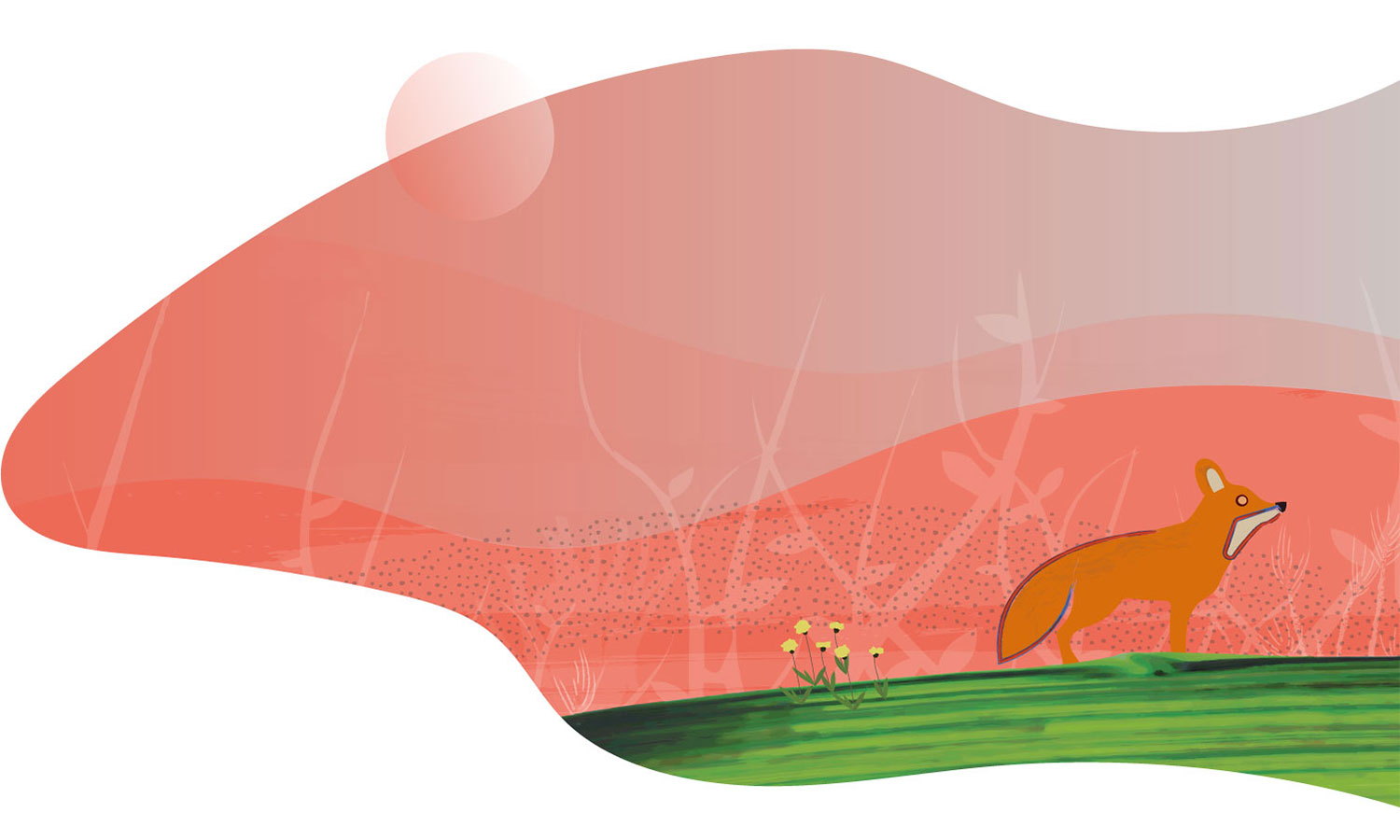Weeds, pathogens and disease

These projects were designed to help identify risks from diseases and weeds for NSW species and regions, under future climate conditions. The early detection, exclusion and eradication of exotic pests and pathogens is more cost effective than post-outbreak controls. These projects support the development of protocols for effective management.
These resources will support biosecurity officers, policy makers, conservation managers and scientists, to proactively manage weeds and pathogens in NSW.
Key resources include:
Risk assessment for exotic plants under future climates (WeedFutures)
This project assessed the extent of suitable habitat for 700 non-native plants within Australia under current and future climate conditions and produced an interactive, online decision-support tool (weedfutures.net) to assist natural resource managers conduct weed risk assessments and prioritise monitoring and management actions across species.
Partners
Led by Michelle Leishman (Macquarie University) and Paul Downey (University of Canberra)
Contact
Horizon scanning for potential future pests and pathogens in NSW
The exclusion, or early detection and eradication, of exotic pests and pathogens is consistently shown to be more cost-effective than efforts to manage or contain invasive species once established. This project will collate global data on the likelihood of potential pests and pathogens becoming invasive in NSW and will assess their impact on biodiversity. Horizon scanning and risk analysis are undertaken under current and future climatic conditions to identify high priority species for the development of targeted management plans.
Partners
Led by Michelle Leishman (Macquarie University) and Mark Burgman (University of Melbourne)
Contact
Wildlife disease surveillance
Patterns have been observed between climate cycles, including El Niño events, and outbreaks of wildlife diseases that use insects as vectors (arboviruses). This project examined the relationship between climate and arboviruses using field data contained in the Australian Registry of Wildlife Health (the Registry) and used models to identify climate-related risk factors for expansion of wildlife disease emergence.
Partners
Led by Karrie Rose and Hannah Bender (Taronga Conservation Society)
Contact
Remote sensing to monitor weed species in alpine vegetation communities
This project examined the potential to use remote sensing for monitoring weed species in the alpine region of NSW and Victoria, specifically targeting Orange Hawkweed and Ox-eye Daisy as a test case. Spectral profiles were analysed to determine if they could be used to detect, map and monitor weeds in alpine vegetation communities.
Partners
Led by Kerrie Tomkins and Michael Chang (Macquarie University) and Hillary Cherry (NPWS)
Contact
